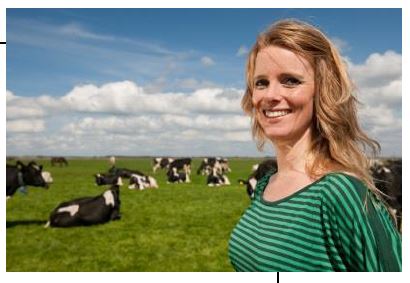Young farmers in the EU – structural and economic characteristics
The proportion of farmers younger than 35 years is indeed low in most European countries. While this reflects to a certain extent the general ageing of rural societies, it is also linked to the intergenerational transfer of farms and the fact that the oldest farmers have the smallest farms – for every average-sized new farm, slightly more than 2.5 older farmers would have to stop farming. The proportion of young farmers thus cannot be expected to grow as quickly as the proportion of older farmers declines. The small share of young farmers is often seen as problematic in light of the future competitiveness of European agriculture and guaranteed food production in the coming decades. Should we worry that there will not be enough farmers in 30 years' time to produce our food? Anecdotal evidence shows that the number of students studying agriculture and related subjects is growing . Young people are thus clearly interested in careers based on agriculture. The fact that the utilised agricultural area has remained largely stable over the last decades (with losses due to urbanisation but no large-scale abandonment of agricultural land) shows that the production base is maintained, even if most land is managed by middle-aged farmers. A new entrant into farming will often take over an existing farm, since most suitable land is already in use. Thus, land may be difficult to find if it is not inherited. The higher proportion of rented land among young farmers indicates a desire to increase the size of the farming operation, which is constrained by the lack of suitable land. Clearly, starting an agricultural business requires substantial investments, which often become productive only after a number of years. Access to land and credit are often cited as the two main constraints for young farmers – in fact, they are constraints for all new entrants into farming. While land is a finite resource and land ownership is a sensitive issue, there are various ways in which the availability of credit for farmers can be addressed, which would certainly benefit young farmers.
